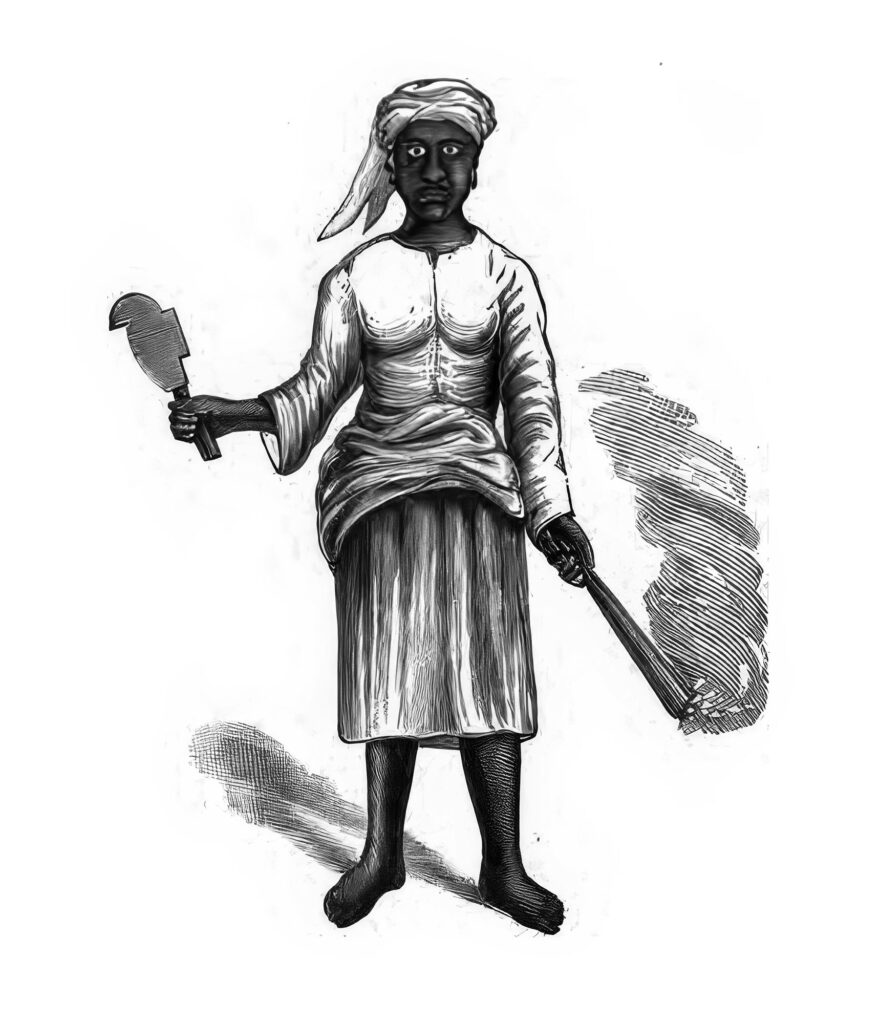Queen Mary Thomas
Leader of the 1878 Fireburn Rebellion in St. Croix

Mary Thomas, widely known as Queen Mary, was a prominent figure in the labor uprising known as the Fireburn, which took place on St. Croix in 1878. Born around 1848 in Antigua, she moved to St. Croix in the 1860s to work on the island’s plantations. By 1878, she was residing at the Sprat Hall plantation.
Following the emancipation of enslaved Africans in 1848, labor laws implemented in 1849 imposed fixed wages and restricted workers’ rights to negotiate better conditions. These laws made plantation work unappealing, leading many laborers to seek opportunities elsewhere. In response, the government imposed stringent measures to prevent workers from leaving the island, including requiring health certificates and charging fees for passports.
On October 1, 1878, during the annual Contract Day when workers could change employers, laborers gathered in Frederiksted to protest low wages and harsh conditions. The peaceful protest escalated into a rebellion, during which over 50 plantations and much of Frederiksted were burned. Mary Thomas emerged as a leader during this uprising, along with two other women, Axeline Elizabeth Salomon (Queen Agnes) and Mathilda McBean (Queen Mathilda). These women were collectively referred to as the “Three Queens” and played significant roles in organizing and leading the revolt.
Mary Thomas was arrested and tried for her involvement in the rebellion. Initially sentenced to death for arson and looting, her sentence was later commuted to life imprisonment. In 1882, she was transferred to the Women’s Prison in Christianshavn, Copenhagen, Denmark. After serving five years, she was returned to Christiansted, St. Croix, in 1887 to serve the remainder of her sentence. She passed away in 1905.
Queen Mary’s legacy endures in the U.S. Virgin Islands. The Queen Mary Highway on St. Croix is named in her honor. In 2018, artists Jeannette Ehlers and La Vaughn Belle unveiled a seven-meter-tall statue titled “I Am Queen Mary” in Copenhagen, commemorating her role in the fight against colonial oppression. This statue is Denmark’s first public monument to a Black woman.
“Queen Mary, ah where you gon’ go burn? / Don’ ask me nothin’ t’all / Just geh me de match an oil.”